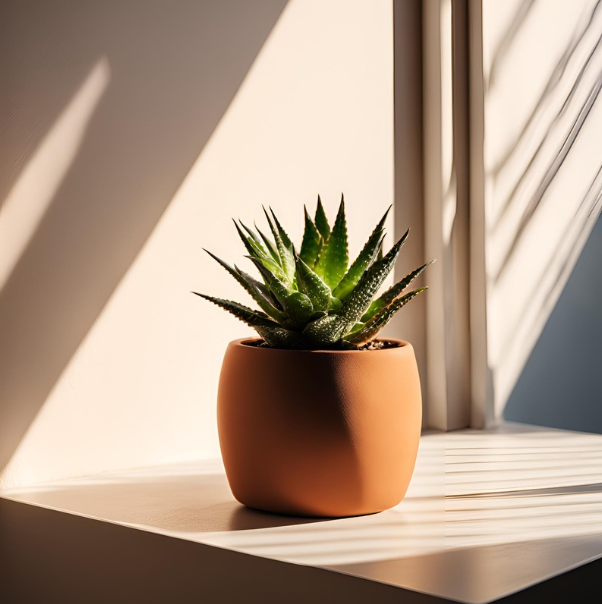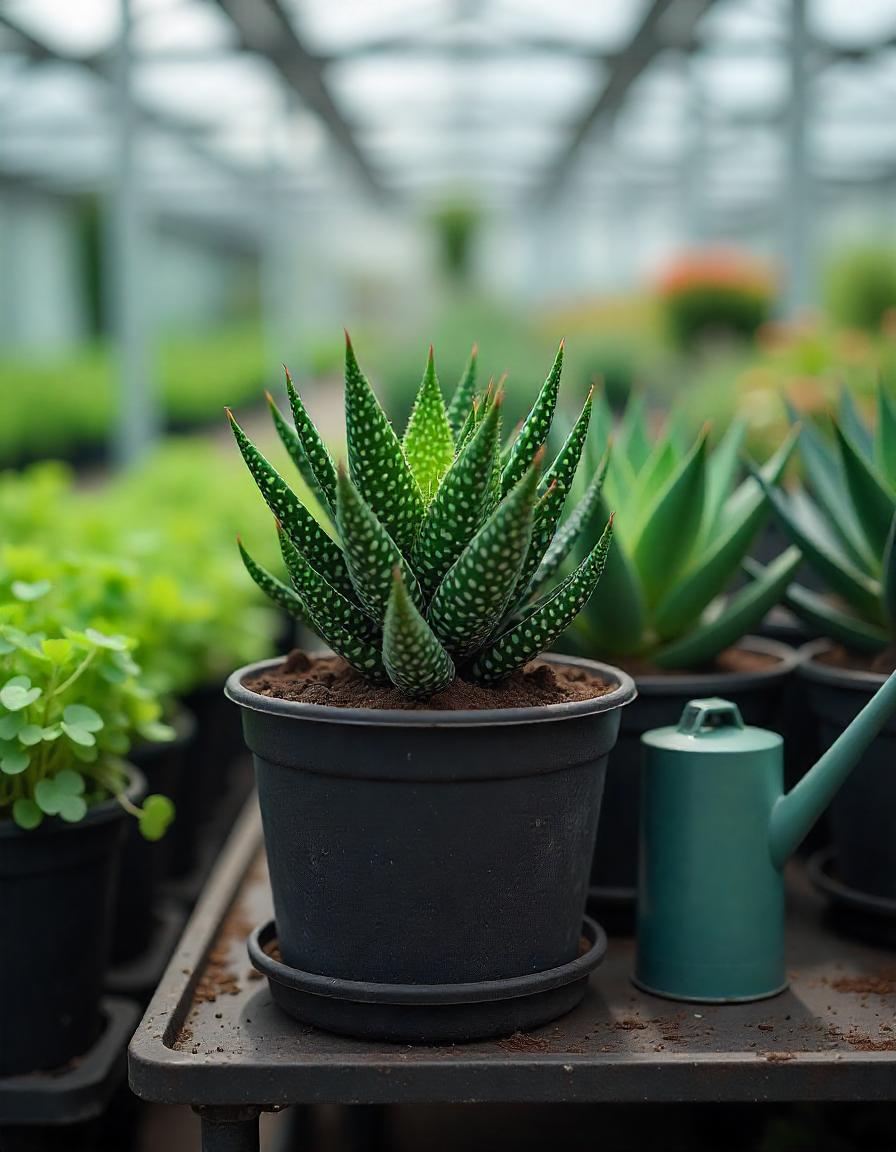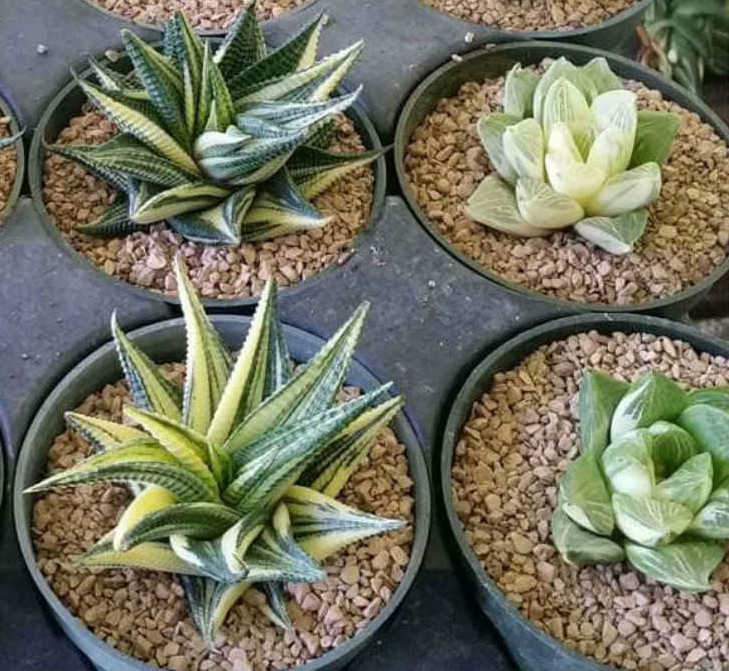Ensuring proper lighting is essential for the health and growth of your Haworthia plants. Native to Southern Africa, these succulents have adapted to thrive under specific light conditions that mimic their natural habitat.
Understanding Haworthia’s Natural Light Preferences
In the wild, Haworthias typically grow under the filtered shade of rocks, shrubs, and bushes, avoiding direct, intense sunlight. This natural adaptation means they prefer environments with bright, indirect light when cultivated indoors or in gardens. Exposure to harsh, direct sunlight can lead to leaf discoloration or sunburn, while insufficient light may cause the plant to stretch or lose its vibrant color.
Optimal Light Conditions for Haworthia
- Indirect Bright Light: Place your Haworthia in a location where it receives ample indirect sunlight. East or west-facing windows are ideal, providing bright light without the intensity of direct midday sun.
- Filtered Sunlight: If placing the plant outdoors or in a spot with potential direct sun exposure, use sheer curtains or shade cloths to diffuse the light, replicating the dappled shade of their natural environment.
- Artificial Lighting: In areas lacking natural light, Haworthias can adapt to artificial grow lights. Ensure the light source is positioned to provide adequate illumination without generating excessive heat.
Signs of Improper Lighting
- Too Much Light: Leaves turning white, red, or yellow indicate excessive sun exposure. Relocate the plant to a shadier spot to prevent further damage.
- Too Little Light: A fading green color or stretching (etiolation) suggests insufficient light. Move the plant closer to a light source or consider supplemental artificial lighting.
Seasonal Light Considerations
- Summer: During peak sunlight, protect your Haworthia from intense rays by providing additional shading, especially during midday.
- Winter: With shorter daylight hours, ensure the plant still receives adequate light. South-facing windows can be beneficial during this period, or supplement with artificial lighting as needed.
By closely monitoring your Haworthia’s response to its lighting environment and making necessary adjustments, you can cultivate a healthy, vibrant plant that thrives year-round.



